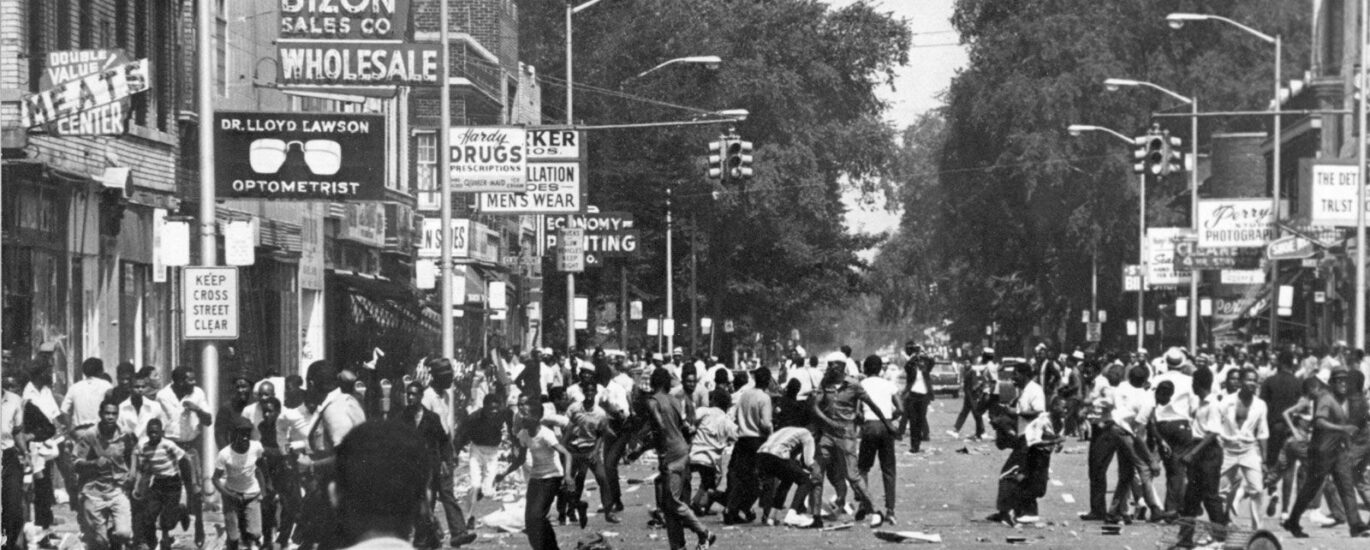Welcome to Detroit, July 1967—a pivotal moment in the city’s rich history. As you pass through the streets of this storied city, let us take you back to the events that unfolded during one of the most turbulent weeks in Detroit’s history.
In the early hours of July 23, 1967, a police raid on an unlicensed bar, known locally as a ‘blind pig,’ ignited what would become known as the Detroit Riot of 1967. Situated on 12th Street, the raid was meant to be routine. However, the presence of 82 partygoers celebrating the return of two Vietnam War veterans turned the situation volatile. As the police began making arrests, onlookers gathered, their tensions simmering under the oppressive summer heat.
The unrest quickly spiraled beyond the control of local law enforcement, drawing in the Michigan State Police, the National Guard, and eventually, federal troops sent by President Lyndon B. Johnson. Over five days, Detroit became a city under siege, with fires blazing across neighborhoods and gunshots echoing through the streets. The outcome was devastating: 43 lives lost, over 7,000 arrests, and more than 1,000 buildings destroyed or damaged.
This chapter in Detroit’s history was not an isolated event. It was part of a broader national narrative during the ‘Long Hot Summer of 1967,’ when racial tensions boiled over in numerous American cities. The underlying causes of the Detroit Riot were deeply rooted in systemic racism, economic disparity, and police brutality—a microcosm of the struggles faced by African American communities nationwide.
Notable figures of the time, such as Mayor Jerome Cavanagh and Governor George Romney, played significant roles in the response to the uprising. Meanwhile, on the cultural front, artists like Gordon Lightfoot captured the event’s essence in music, with his song ‘Black Day in July,’ which was banned in many states.
As you explore Detroit, you’ll find that the city has continued to evolve. The post-riot era saw a significant exodus of residents, known as ‘white flight,’ and a rise in community activism. Organizations like New Detroit and Focus: HOPE emerged to foster dialogue and promote racial harmony.
Detroit today is a testament to resilience and change, a city that has faced its challenges head-on and continues to redefine itself. As you reflect on the events of July 1967, consider how they have shaped the city’s identity and the ongoing journey towards equality and justice.




